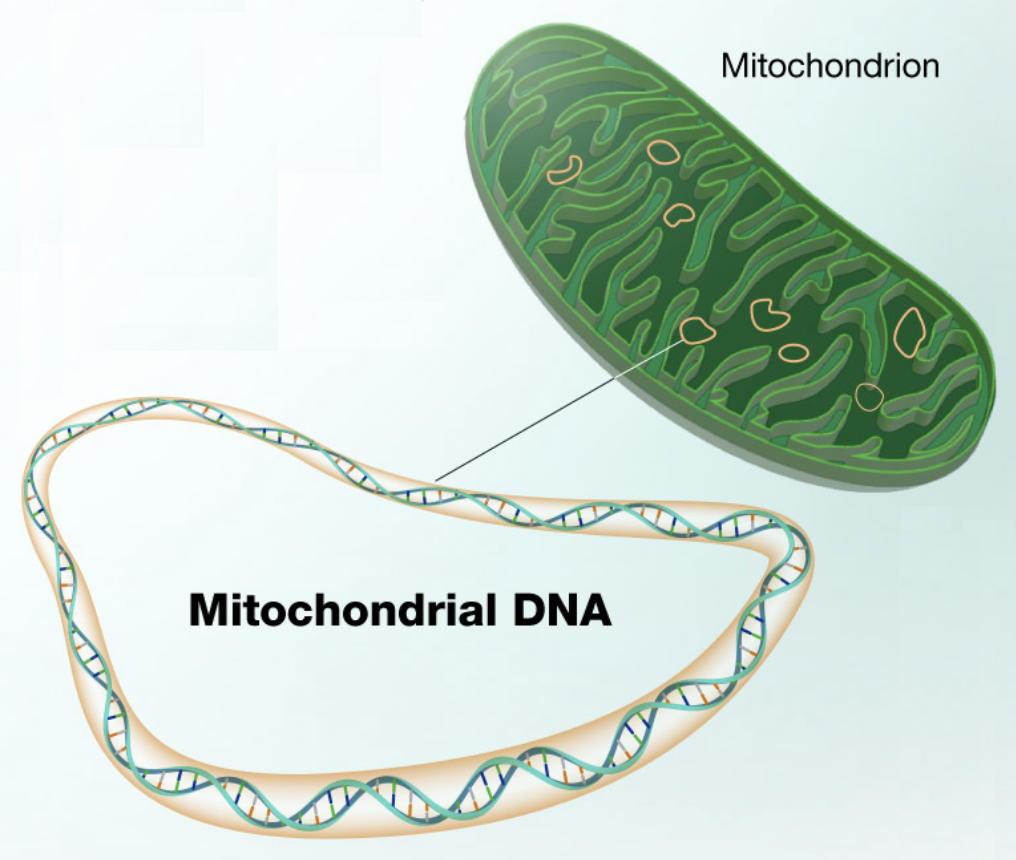We Don’t Know if the Babies Born From Mitochondrial Replacement Therapy Will Still Develop Mitochondrial Disease
By Katherine Drabiak,
Journal of Medical Ethics Forum
| 08. 07. 2025
Adapted from Mitochondrial DNA at
National Human Genome Research Institute
Recently, media outlets around the world have been reporting on children born from pronuclear genome transfer (sometimes called “3-parent IVF,” “mitochondrial donation” or “mitochondrial replacement therapy”) at Newcastle Fertility Center in the United Kingdom. Twenty-two women underwent the procedure, which resulted in eight children, who now range in age from six months to over two years old. Some have called it an “important milestone” and a “pioneering” technique to spare children from fatal disease.
New England Journal of Medicine published two articles describing the process, and the follow-up exams of the children. This is not the first time mitochondrial replacement therapy (MRT) has been used to create children. In 2016, a U.S. physician traveled to Mexico to create an infant using MRT; and clinics in Greece, Ukraine and Cypress advertise MRT as a “treatment” for infertility.
MRT is not a curative therapy, or simply a new type of IVF. MRT is an experimental procedure that creates an embryo using the DNA from three...
Related Articles
By Aisha Down, The Guardian | 11.10.2025
It has been an excellent year for neurotech, if you ignore the people funding it. In August, a tiny brain implant successfully decoded the inner speech of paralysis patients. In October, an eye implant restored sight to patients who had...
By Jessica Hamzelou, MIT Technology Review | 11.07.2025
This week, we heard that Tom Brady had his dog cloned. The former quarterback revealed that his Junie is actually a clone of Lua, a pit bull mix that died in 2023.
Brady’s announcement follows those of celebrities like Paris...
By Heidi Ledford, Nature | 10.31.2025
Late last year, dozens of researchers spanning thousands of miles banded together in a race to save one baby boy’s life. The result was a world first: a cutting-edge gene-editing therapy fashioned for a single person, and produced in...
By Lauran Neergaard, AP News | 11.03.2025
WASHINGTON (AP) — The first clinical trial is getting underway to see if transplanting pig kidneys into people might really save lives.
United Therapeutics, a producer of gene-edited pig kidneys, announced Monday that the study’s initial transplant was performed successfully...




